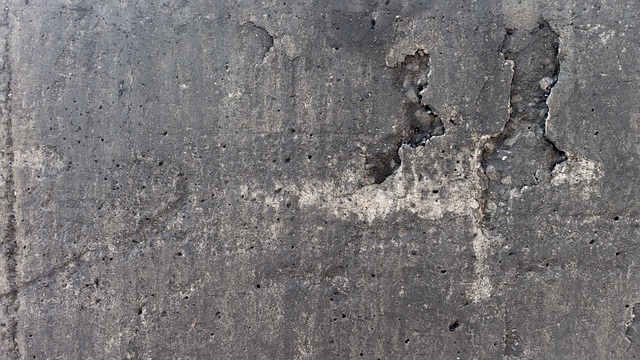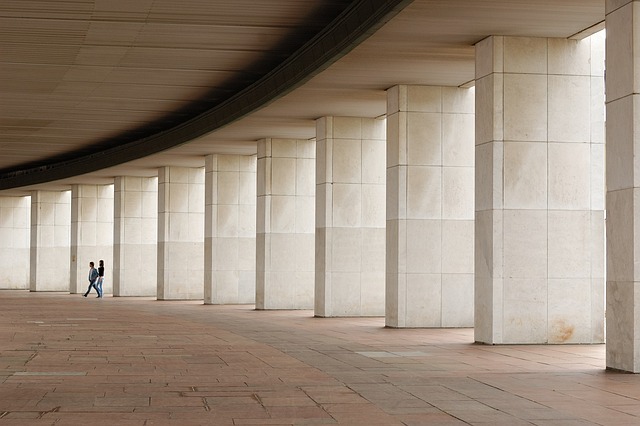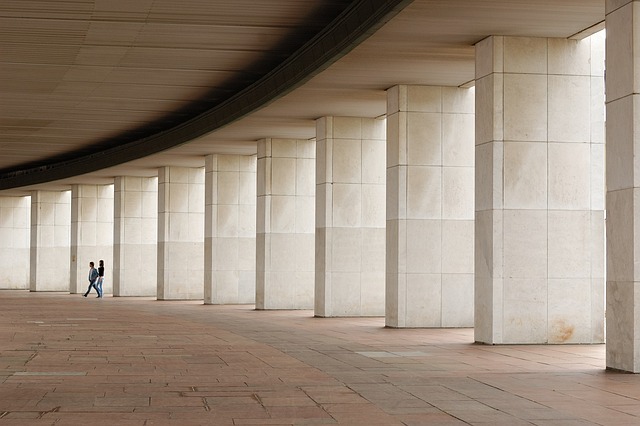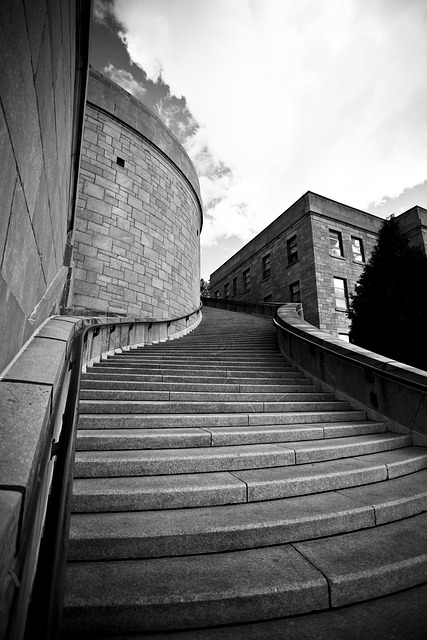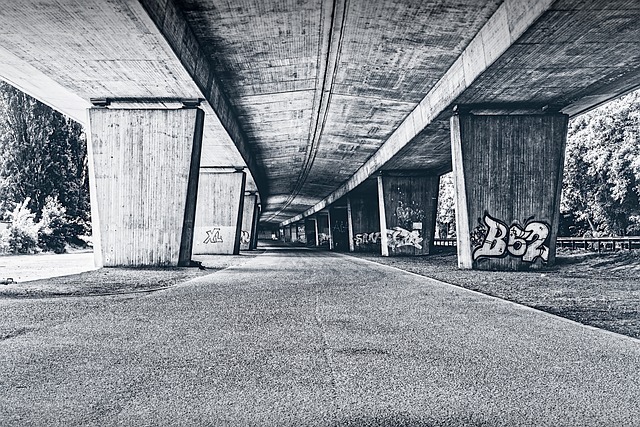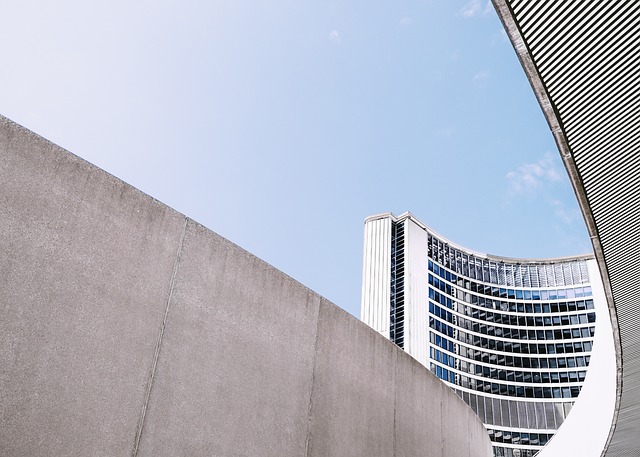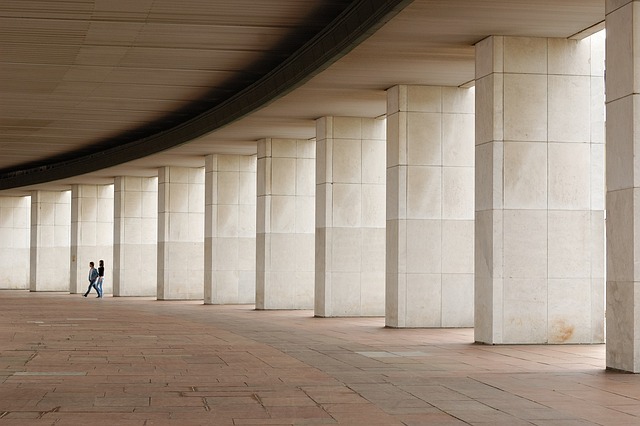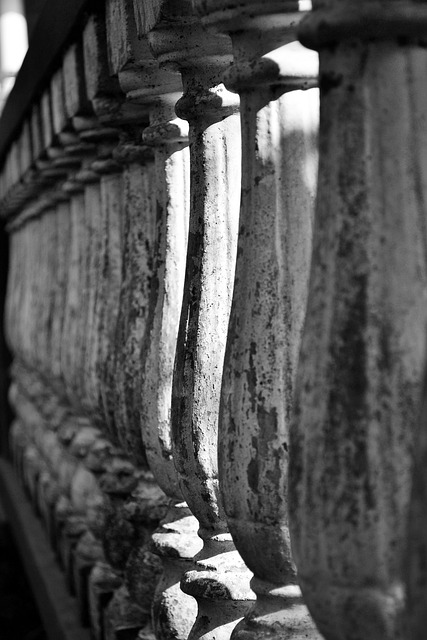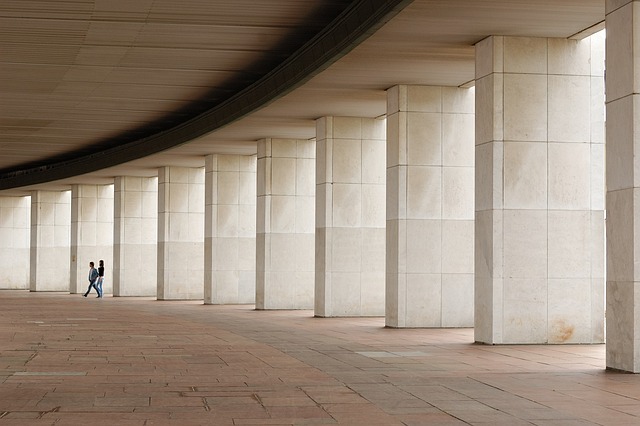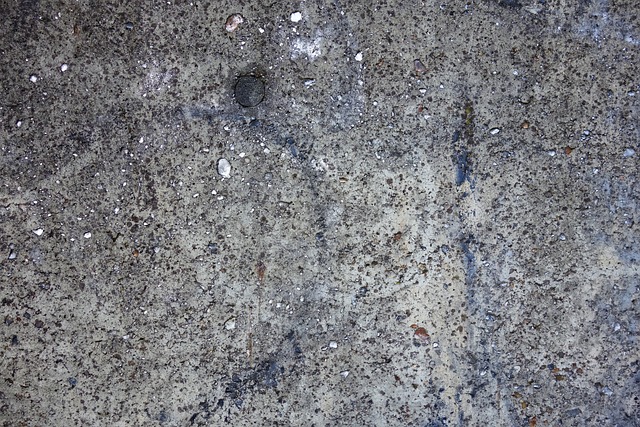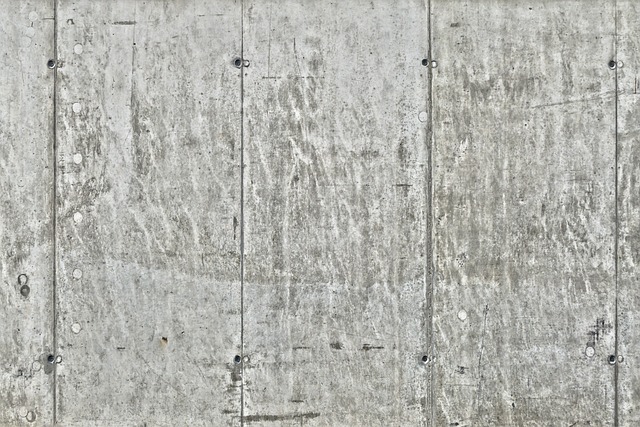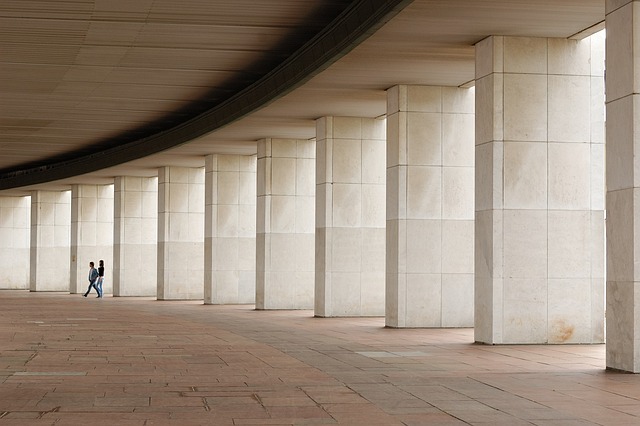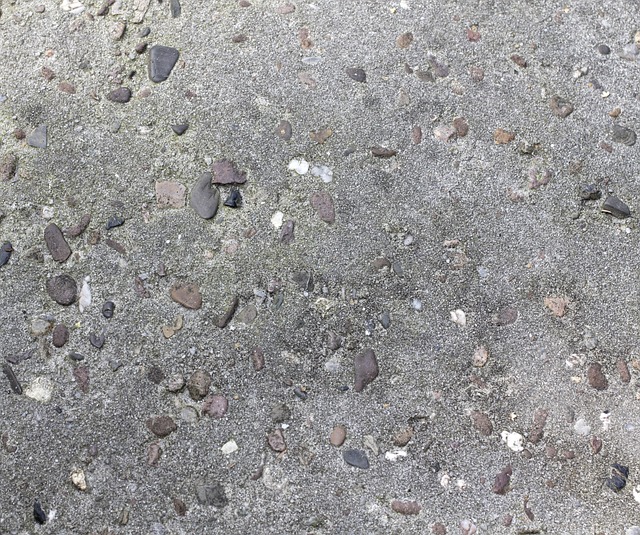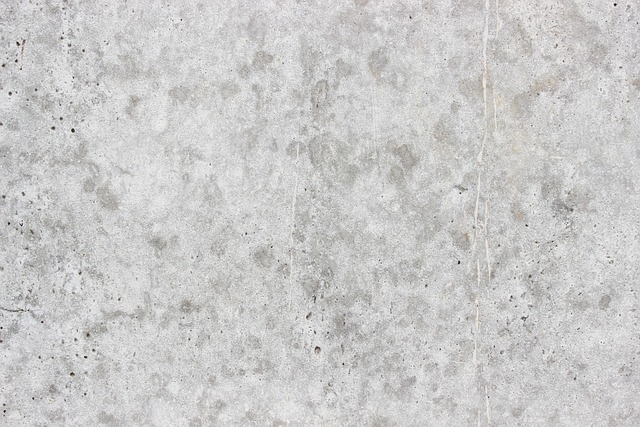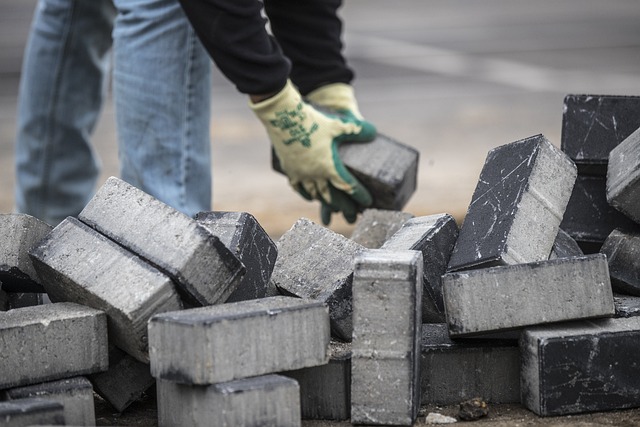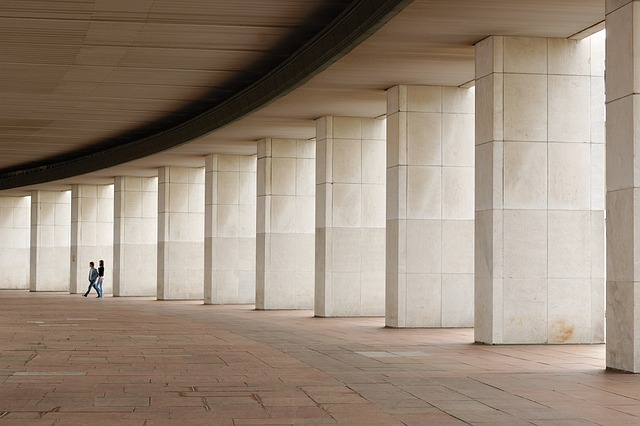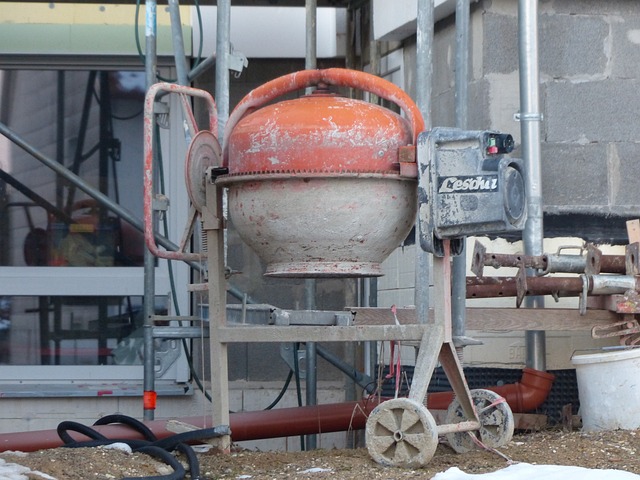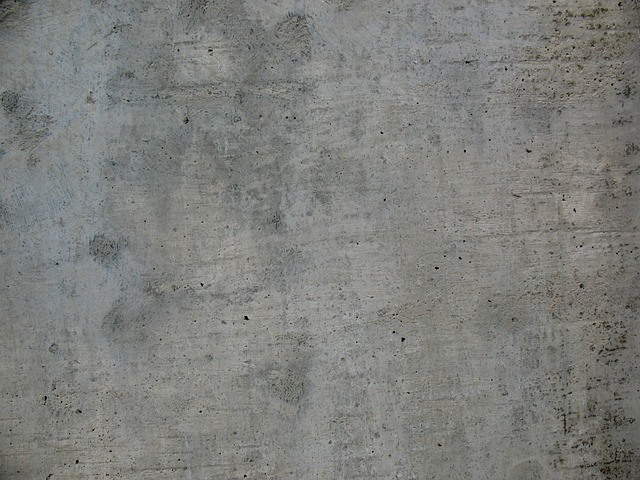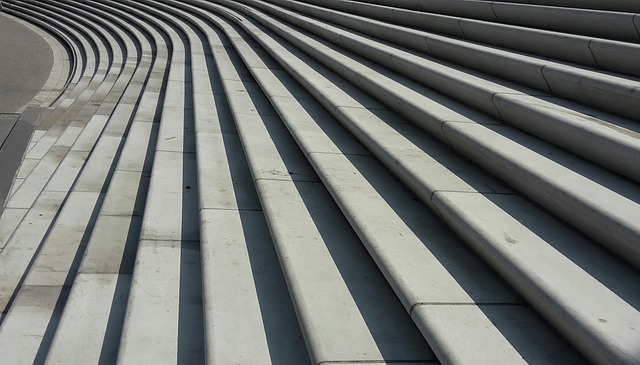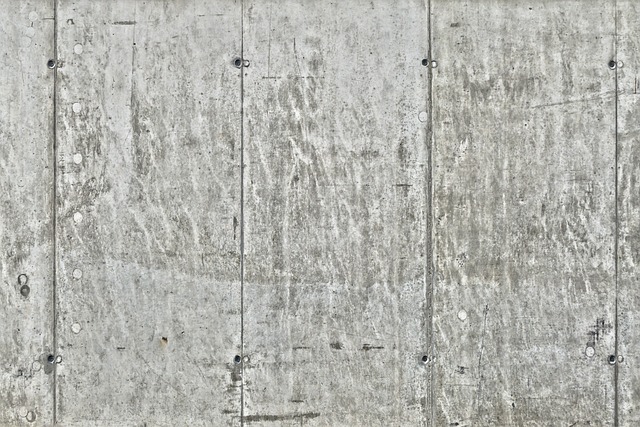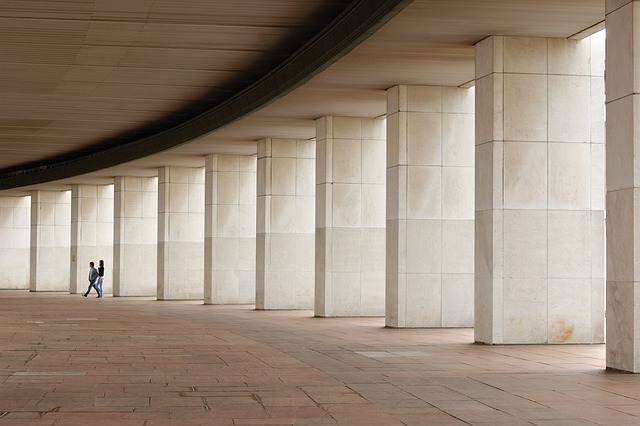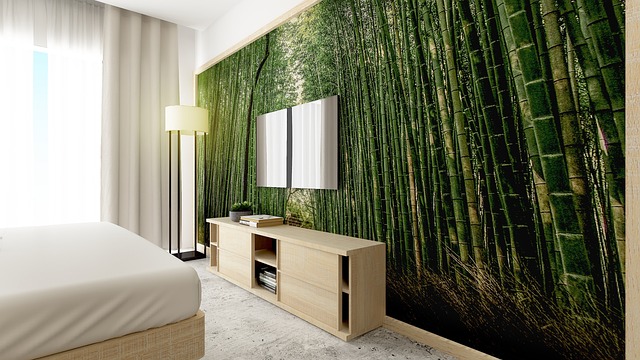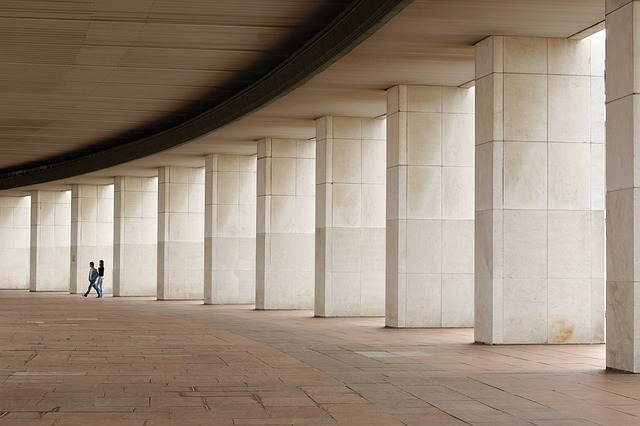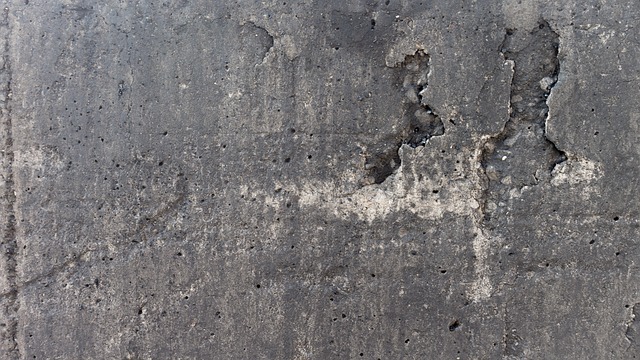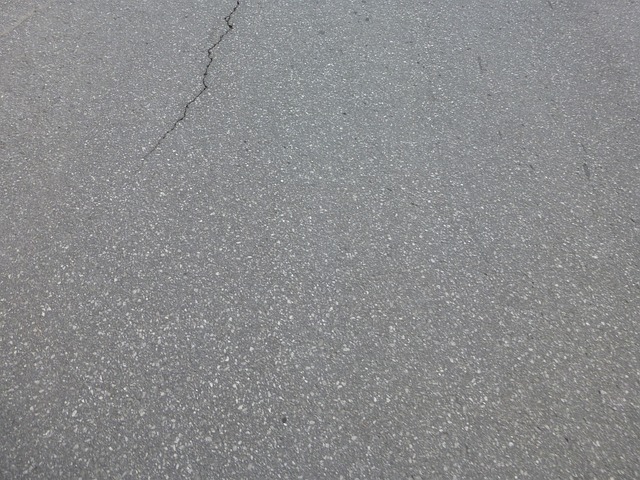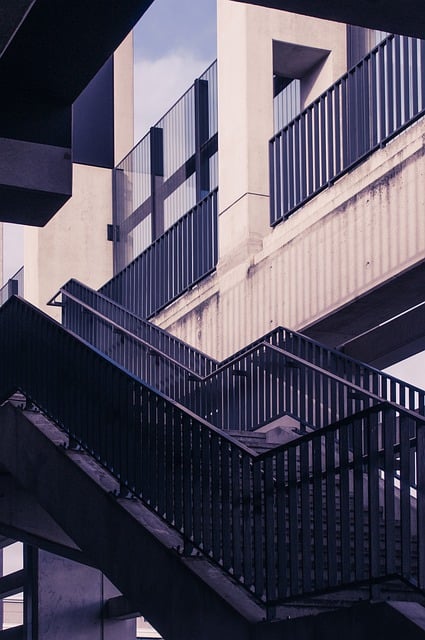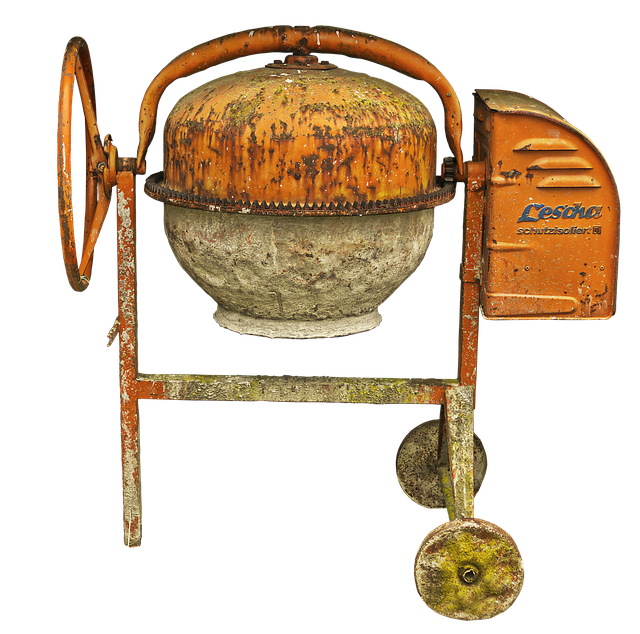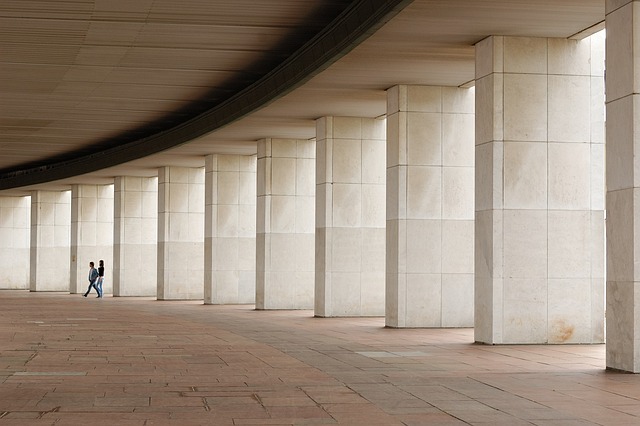Maximizing Resilience with ICF Construction: Durable Impact-Resistant Walls for Home & Business
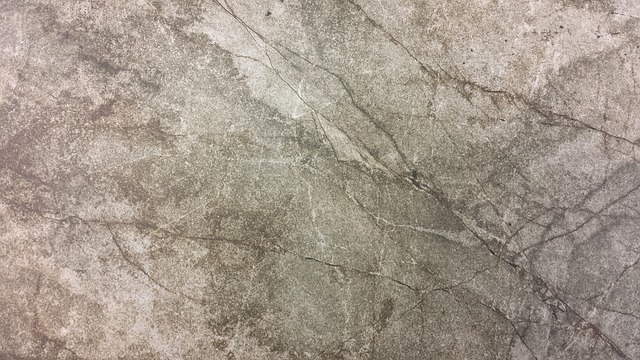
Insulated Concrete Forms (ICFs) are a highly efficient building system for both residential and commercial structures, offering superior energy efficiency, structural integrity, and resilience. They consist of alternating layers of foam and plastic ties that, once filled with concrete, create walls that are both insulated and strong. ICFs provide significant energy savings by maintaining stable indoor temperatures year-round, excellent soundproofing, and reduce the need for heating and cooling systems. Their adaptability to various designs and terrains, along with customization capabilities, makes them a top choice for sustainable and resilient building projects. ICFs are also known for their thermal efficiency, which helps in maintaining indoor comfort, and their impact resistance, which protects buildings against environmental stressors, high winds, flying debris, and even minor earthquakes. Additionally, ICFs contribute to long-term cost savings by minimizing maintenance needs due to their durability. They are an eco-friendly option as they can be constructed with recyclable materials, further supporting sustainable building practices. In summary, ICFs are a versatile, cost-effective solution for those looking for durable, energy-efficient buildings that also offer comfort and noise reduction.
Exploring the robust construction method of insulated concrete form (ICF) walls, this article delves into their durability and impact resistance, making them a top choice for both residential and commercial building projects. We will navigate through the benefits of ICFs, installation techniques, and materials required, ensuring high-quality results. From energy efficiency to cost analysis, this comprehensive guide also includes real-world case studies, safety considerations, technological advancements, and aesthetic options, highlighting why ICF walls are a smart investment in modern construction.
- Introduction to Insulated Concrete Forms (ICFs)
- The Importance of Durability and Impact Resistance in Construction
- Benefits of Using ICFs for Residential and Commercial Projects
Introduction to Insulated Concrete Forms (ICFs)
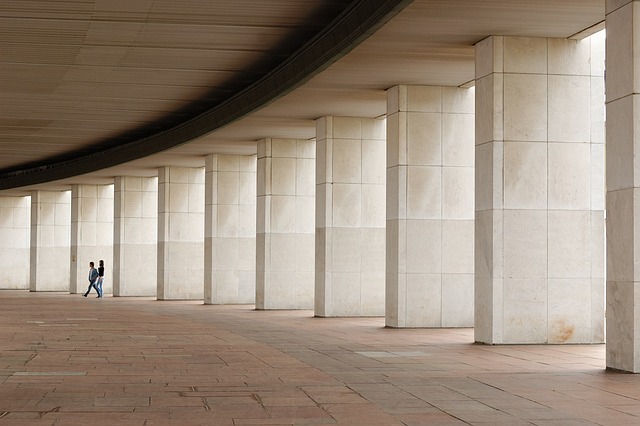
Insulated Concrete Forms (ICFs) represent a significant advancement in residential and commercial construction, offering both structural integrity and energy efficiency. These high-performance building systems consist of interlocking foam boards with integrated plastic ties that are stacked to form the walls of a structure, which are then filled with reinforced concrete. The result is a durable, impact-resistant wall system that provides superior insulation properties compared to traditional construction methods. The use of ICFs in building homes and other structures leads to enhanced energy savings, as they offer a continuous insulation barrier that helps maintain consistent indoor temperatures year-round. Additionally, the reinforced concrete provides excellent soundproofing qualities, contributing to a more comfortable living or working environment. The flexibility of ICFs allows for custom designs and adaptability to various construction sites, making them an attractive option for builders and homeowners looking to invest in sustainable and resilient buildings.
The Importance of Durability and Impact Resistance in Construction
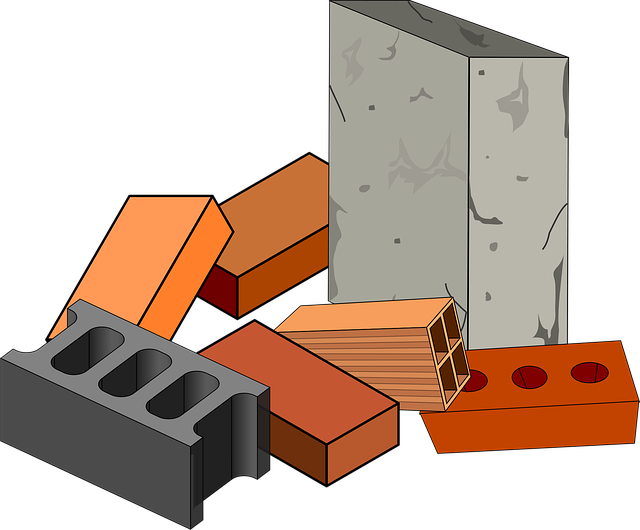
Insulated Concrete Form (ICF) construction stands out in today’s building landscape for its exceptional durability and impact resistance, which are critical for both residential and commercial structures. The core components of ICF, typically made from high-performance foam insulation attached to interlocking concrete blocks or panels, provide a robust shell that can withstand environmental stressors and extreme weather conditions. This resilience not only ensures the longevity of the structure but also reduces maintenance costs over time. The thermal efficiency inherent in ICF systems further enhances their value, offering superior insulation properties that lead to energy savings and a more comfortable indoor environment year-round.
Furthermore, the impact resistance of ICF walls is unparalleled when compared to traditional construction methods. They are designed to offer protection against high winds, flying debris during storms, and even minor earthquakes. This level of security is invaluable for both the structural integrity of the building and the safety of its occupants. The ability of ICFs to endure such impacts without significant damage underscores their utility in regions prone to natural disasters. Their longevity and performance under stress make them an ideal choice for those seeking a sustainable, cost-effective, and resilient building solution that can stand the test of time.
Benefits of Using ICFs for Residential and Commercial Projects

Insulated Concrete Forms (ICFs) offer a robust solution for both residential and commercial construction projects, providing a blend of durability and energy efficiency that is unparalleled by traditional building methods. For homeowners, ICF walls serve as a barrier against external elements, ensuring a comfortable indoor climate while reducing energy costs significantly. The high-performance insulation integrated within the ICF system maintains interior temperatures with remarkable consistency, leading to enhanced comfort and lower utility bills year-round. In commercial settings, the structural integrity of ICFs is particularly advantageous, as they can withstand extreme weather conditions and environmental pressures, offering a safe and secure environment for occupants. The thermal mass properties of ICFs also contribute to better indoor air quality by moderating temperature fluctuations and dampening noise transmission, making them an ideal choice for buildings seeking to achieve high levels of sustainability and comfort. Moreover, the use of ICFs in construction projects is associated with reduced labor costs due to faster installation times compared to other materials, which translates to cost savings and a more expedited completion of the project. Additionally, these forms are environmentally friendly, as they utilize recyclable materials and reduce waste on-site, making them a responsible choice for builders committed to green construction practices. Overall, ICFs represent a versatile, cost-effective, and sustainable building solution that caters to the needs of modern architecture, offering unmatched performance in both residential and commercial applications.
Insulated Concrete Forms (ICFs) offer a robust solution for modern construction needs, delivering exceptional durability and impact resistance. Their ability to provide thermal efficiency and resilience against environmental stressors makes them an ideal choice for both residential and commercial projects. By installing ICFs, structures are not only well-insulated but also stand up to the test of time, ensuring longevity and reduced maintenance costs. The benefits of adopting ICFs in building projects are manifold, from energy savings to enhanced safety and performance, making them a wise investment for any construction endeavor. In conclusion, ICFs represent a significant advancement in the realm of sustainable and resilient construction, setting a new standard for the industry.
